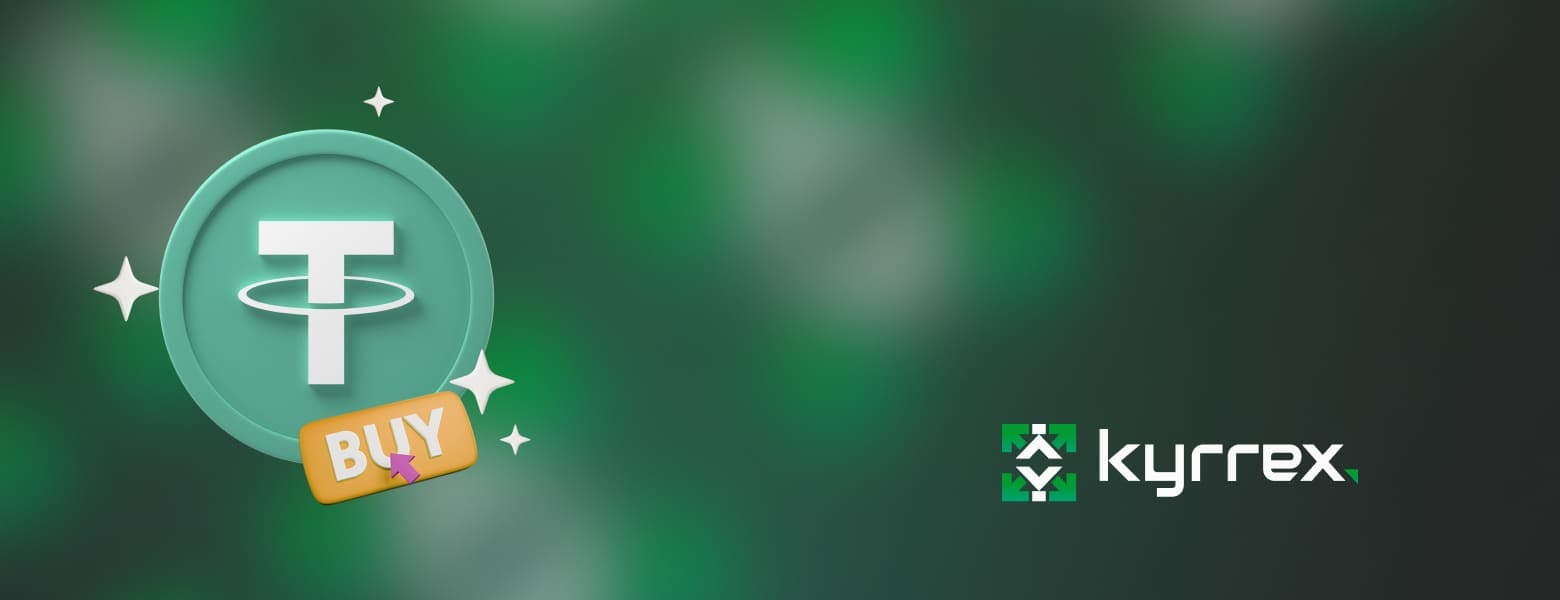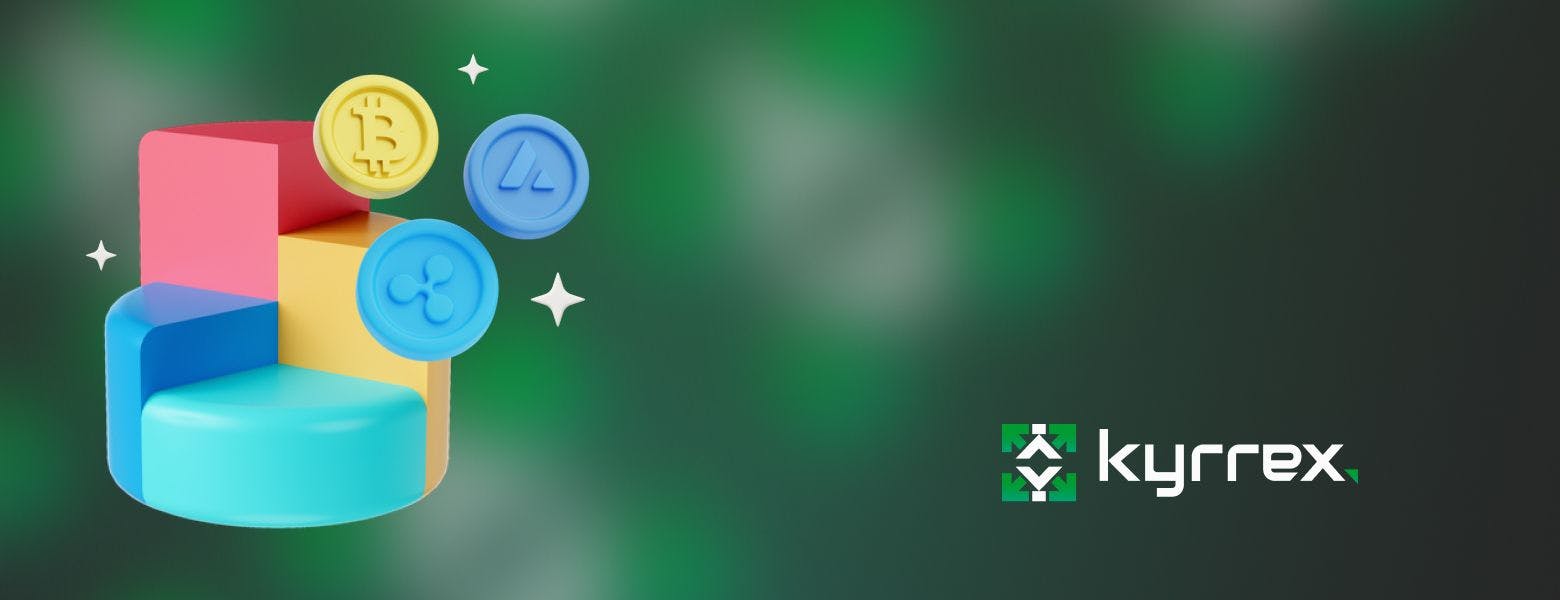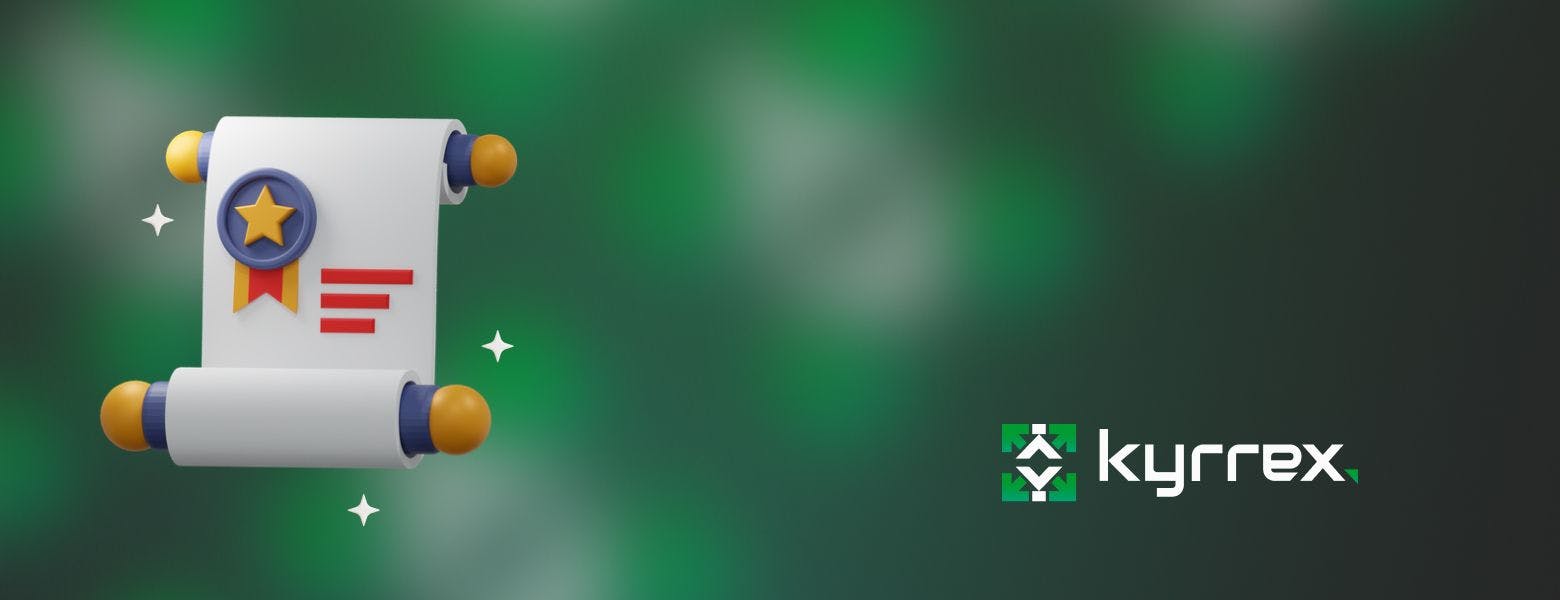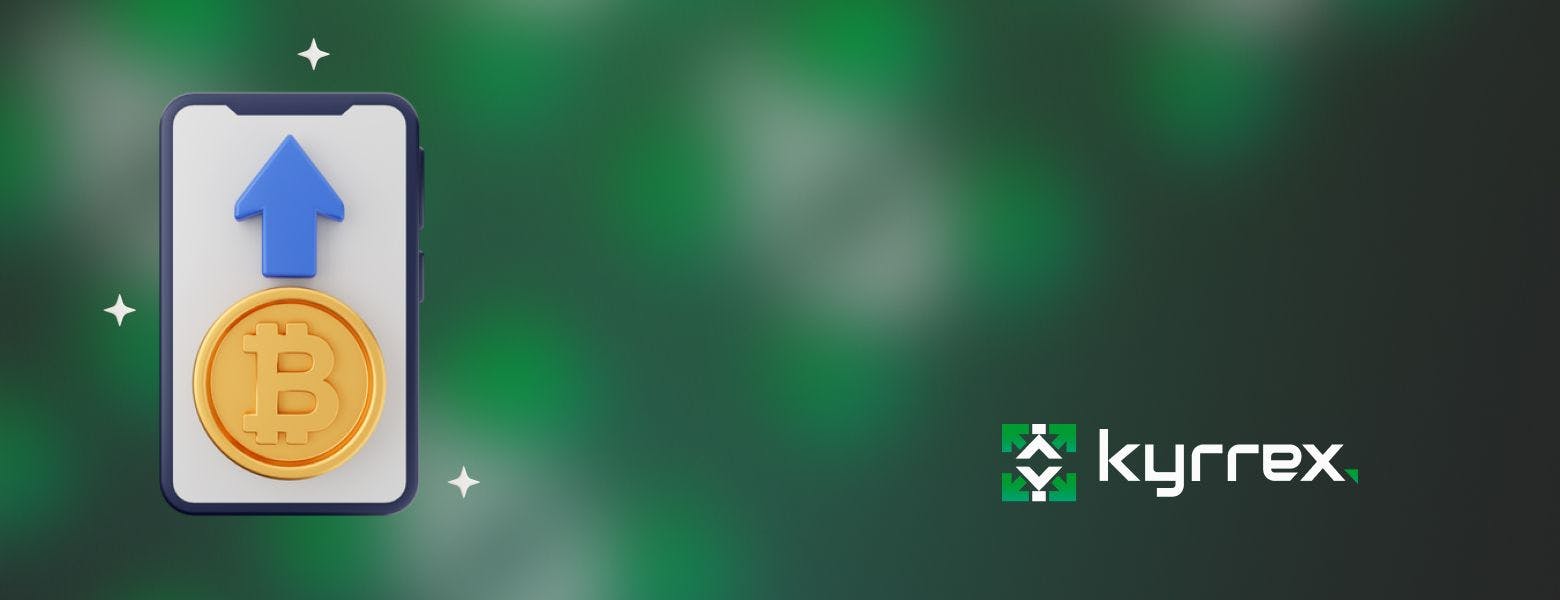
Top 3 Ways to Buy Tether Instantly

Tether is perhaps the third most important cryptocurrency after Bitcoin and Ether. It's a stablecoin so it's relatively stable, unlike BTC and other crypto whose values fluctuate, sometimes wildly, from one minute to the next.
Tether is better known as USDT and is the main on-ramp and off-ramp currency in the crypto market. People who want to buy Bitcoin, Ether or some other coin, usually buy USDT first.
Although there are other stablecoin challengers like BUSD, USDC and DAI, tether endures as the leading collateralized stablecoin on the market.
For this reason, there are numerous ways to buy Tether instantly. You can buy USDT with fiat or another cryptocurrency. You can buy Tether on basically every major cryptocurrency exchange on the market. You can even buy Tether offline through P2P. Here, we gather some of the best ways to instantly buy Tether.
Let's begin with where you can buy Tether (USDT)
Where Can I Buy Tether (USDT)?
You can buy Tether with credit card or other means on every major cryptocurrency exchange. If you hold a popular cryptocurrency, you can look for its pair with tether on a centralized or decentralized exchange and swap it for USDT.
Because of its importance to crypto, Tether is the most common coin for pairing with other cryptocurrencies.
Here are some exchanges where you can buy USDT instantly and use it to buy other cryptocurrencies:
- Binance — for Asia, Africa and the Middle East
- Kyrrex — for Europe
- Coinbase — for North America
You can also buy Tether on-ledger on supported blockchain networks. For example, if you wish to use tether on the Ethereum or Solana network, you can go to a decentralized exchange like Uniswap or Raydium and buy ERC20- or SPL-compatible USDT.
How to Buy USDT (Tether)?
Once you've allocated the funds or crypto to buy tether with, the next step is to make the purchase. These pointers will guide you on how to do so.
1- Choose a Crypto Exchange
If you want to buy USDT instantly, you need a platform. That's where cryptocurrency exchanges come in. It is important to choose the right exchange that will let you buy Tether online with your preferred method.
You shouldn't rush to create an account on the first crypto exchange you come across. There are so many of them and they vary in terms of ease of use and the features they offer. Your location should also be considered before you plump for an exchange.
Several exchanges have been under the spotlight in various parts of the world for possible regulatory infractions. If you're big on AML compliance, you should consider buying your USDT and making trades on exchanges like Kyrrex.
2- Buy USDT
On a centralized exchange, you need to open an account and get verified before you can buy Tether. On a decentralized exchange like Uniswap, you can skip verification.
Once you're ready to buy Tether online, you can accomplish this through several methods. Let's talk about each one.
Buy Tether with Another Cryptocurrency
You can convert another cryptocurrency to Tether easily through an exchange. You just need to make sure the exchange you're using supports the USDT pair with the cryptocurrency you hold. Examples of popular crypto coins with Tether pairs are BTC, ETH, SOL, KRRX, BNB, AVAX, LTC, XLM, LINK, MATIC and DOT.
If your favorite exchange doesn't have a USDT pair in your crypto, first convert your coin to another coin that has a USDT pair, then convert the new coin to USDT.
Buy Tether with Fiat
You can directly buy Tether with fiat money. Fiat money is any currency like the pound, euro and dollar that is backed by a government and issued by a central bank.
You can easily and conveniently convert traditional money to USDT on a cryptocurrency exchange. Just navigate to the appropriate section of the platform and initiate a "Buy" transaction for Tether. Choose the buying method you want and confirm your choice. Note that the options to buy USDT will vary depending on your country of residence.
That said, there are several ways to buy USDT with fiat money. Let's talk about the most common methods:
Buy Tether with Credit Card
You can easily buy USDT with credit card on Kyrrex and other exchanges that support this feature. Most platforms support using cards from Visa and MasterCard.
- Navigate to the section on the platform where you can select the option to buy or deposit crypto.
- Select the option to buy crypto with Credit or debit card.
- Choose the crypto you want to buy. That would be USDT in this case.
- Select the amount of USDT you wish to buy. You can also input the pounds, euro or dollar amount to generate a corresponding USDT value.
- Fill in your credit card details.
- Authorize the transaction and confirm your purchase.
This method also works for buying USDT with debit card as well.
Buy Tether with Bank Transfer
You can also buy USDT with direct deposits from your local bank account. Again, this feature is only available in certain countries and regions. If this is your preferred method to buy crypto, consider whether a cryptocurrency exchange supports the option before signing up.
- Open the exchange app and navigate to the section that lets users buy crypto.
- Choose the amount of USDT you wish to buy and the purchase currency.
- Choose the option to buy with bank transfer or direct deposit
- The platform will generate a bank account for use with instructions. Open your own bank app and transfer the correct amount to the given bank account.
- Confirm your transaction and get credited with USDT.
After Buying Tether, What Next?
Once you've acquired your shiny new Tether coins, there are a number of things you can do with it. You have several ways to productively use your USDT on an exchange like Kyrrex.
Buy Crypto
As mentioned before, USDT is the most common pair for cryptocurrencies. You can use it to buy whichever popular cryptocurrency you're after.
On Kyrrex, simply go to Spot and exchange USDT with the cryptocurrency you want.
Earn Crypto
If you want to be more conservative with your investments, you can use your Tether holdings to earn passive income by earning interest on it.
On Kyrrex, you can lock your crypto into a savings program and earn interest just like you would with money in a bank. Simply go to Earn, choose your asset (USDT), select the contract term you like, choose the interest type, and click Create. Next, enter the amount of USDT you want to save. Once you've confirmed your savings, your USDT will start earning interest for you.



